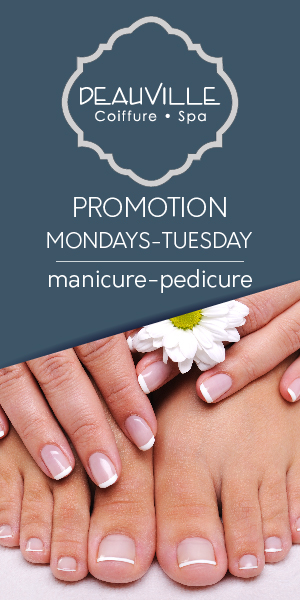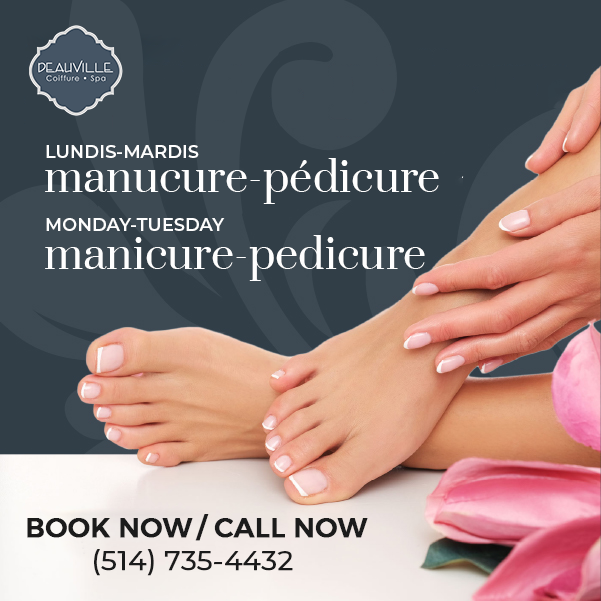Keratin treatments are an increasingly popular method for straightening and smoothing out frizz from hair, while still being safe and effective. Unfortunately, however, these treatments may also cause adverse side effects if used without following safety protocols properly.
Keratin treatments can be done both at the salon and at home. Treatments usually last four to six months depending on how well you care for your hair.
Cost
If you are considering getting a keratin hair treatment, it is important to understand its costs. Prices vary depending on which salon or spa you visit as well as your length of hair. Furthermore, consider what quality product will be used – an established salon will use premium brands designed to nourish hair while reducing frizz.
Keratin treatments will give your hair an instantaneous thickening effect and protect it against heat-styling and environmental factors, but are only intended to be temporary solutions; after three months it will revert back to its natural texture.
To extend the longevity of a keratin treatment, try washing your hair as infrequently as possible. Each time you wash, some of the keratin coating is stripped away – you should wait at least three days between washes and using shampoos with nourishing properties such as those recommended by professionals rather than heavy or drying ingredients that could chip away at its protective layer.
Benefits
Keratin treatments can help to reduce frizz and make hair appear healthier, cutting down drying time while giving it a gorgeous shine. Unfortunately, however, they’re quite costly and contain formaldehyde which can be toxic when inhaled; many salons provide special ventilation systems or offer formaldehyde-free formulas as a safer solution.
One common misperception about keratin treatments is that they will make hair straight, but this isn’t always the case. Even curly or wavy locks can benefit from smoothing treatments to make de-tangling simpler.
Keratin is a natural protein found within our bodies that smoothes hair strands by smoothing their cell connections, helping reduce frizz and make your locks appear healthier. Keratin treatments should be kept up by using sulfate-free shampoos and conditioners, washing hair at least 2-3 times each week and avoiding swimming or excessive sweating as this will extend its durability up to six months.
Precautions
Keratin hair treatments may cause side effects like headaches and tears. Furthermore, formaldehyde – an established carcinogen – is present in their ingredients as it occurs naturally in animal skin, nails and hair; shampoos and conditioners contain it; however keratin products typically exceed required amounts due to overzealous manufacturers; one study found keratin treatments contained higher-than-advertised amounts.
After receiving treatment, avoid shampoos containing sodium chloride and sulfates as these will strip keratin away and shorten its lifespan. Consider instead opting for natural oil-infused shampoos which will nourish each strand without damaging its integrity.
Keratin treatments typically last up to three months and are best suited for people with curly or frizzy hair that cannot be straightened by other methods. Although it’s possible that this treatment won’t work for everyone, professional advice should always be sought before undertaking one.
Side effects
Keratin treatments are widely used to straighten hair and reduce frizz. Depending on the product used, this treatment may also smooth curls or waves for a softer look. In addition to eliminating frizz, keratin treatments strengthen hair by replenishing lost keratin in its shaft, helping it grow longer while making styling simpler.
Professional hair stylists typically perform this treatment. First, the hair is blow-dried before being flat ironed to seal in the keratin. Finally, it must be allowed to cool before being washed back out – this ensures the keratin does not become waterlogged and becomes waterlogged over time.
Keratin products contain formaldehyde, which may lead to side effects including itching, burning sensations and skin irritation. Pregnant women should avoid them as well as those allergic to formaldehyde.



